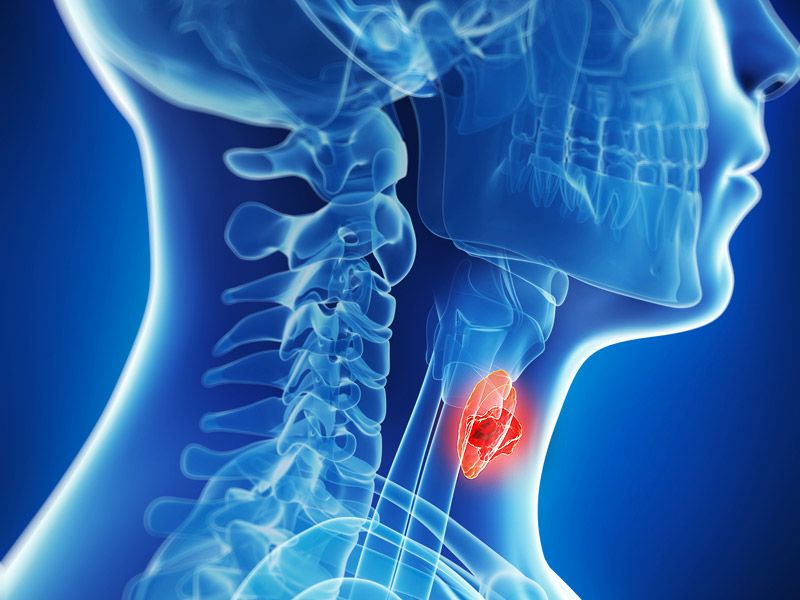News
Article
Radiotherapy Technique May Prevent Swallow Dysfunction in Head and Neck Cancer
Author(s):
Patients with head and neck cancer treated with dysphagia-optimized intensity-modulated radiotherapy had improved swallow function compared with those treated with standard intensity-modulated radiotherapy.

“Our findings suggest that reducing dose to the pharyngeal constrictor muscle translates into patient benefit through improved swallowing function,” the study authors wrote in the results published in Lancet Oncology. “It is not clear which parts of the pharyngeal constrictor muscle are most important in preservation of swallowing function. Additional knowledge in this area could enhance the (dysphagia-optimized intensity-modulated radiotherapy) technique and additional benefits to patients might be possible using (intensity-modulated radiotherapy), proton beam or adaptive radiotherapy techniques.”
Radiotherapy or chemoradiotherapy is often the treatment of choice for patients with head and neck cancer, according to the study’s introduction, but some common long-term side effects include dry mouth, soft tissue fibrosis and dysphagia.
With the phase 3 DARS trial, researchers enrolled 112 patients aged 18 years and older who had T1-4 (tumor size ranging between 2 centimeters or less up to advanced or very advanced disease), N0-3 (ranging from no lymph node involvement to spread to one lymph node with a tumor larger than 6 centimeters), M0 (no cancer spread to other parts of the body), oropharyngeal (forming in the middle part of the throat behind the mouth) or hypopharyngeal (forming in the bottom part of the throat) cancer. Patients were also considered to be fully active (no restrictions on activities) or unable to do strenuous activities but were able to perform sedentary activities and light housework. No history of swallowing dysfunction was another condition met by patients in this study.
Patients were randomly assigned to either dysphagia-optimized intensity-modulated radiotherapy (56 patients) or standard intensity-modulated radiotherapy (56 patients). Of all the patients in the trial, 20% were women and the median age was 57 years.
Researchers assessed several outcomes during the trial including swallowing ability 12 months after undergoing radiotherapy, in addition to potential side effects related to treatment. Follow-up was conducted for a median of 39.5 months.
At 12 months, patients assigned dysphagia-optimized intensity-modulated radiotherapy had significantly better swallowing abilities compared with those assigned standard intensity-modulated radiotherapy.
During the study, there were 25 serious side effects, of which 16 were considered unrelated to the study treatment; this accounts for nine events in the dysphagia-optimized intensity-modulated radiotherapy group and seven events in the standard intensity-modulated radiotherapy group. There were also nine serious adverse reactions, including two in patients assigned dysphagia-optimized intensity-modulated radiotherapy and seven in individuals assigned standard intensity-modulated radiotherapy.
The most common severe or life-threatening side effects in patients assigned dysphagia-optimized intensity-modulated radiotherapy or standard intensity-modulated radiotherapy included hearing impairment (nine patients versus seven patients, respectively), dry mouth (three patients versus eight patients) and swallow dysfunction (three patients versus eight patients). Of note, no deaths occurred that were related to treatment.
For more news on cancer updates, research and education, don’t forget to subscribe to CURE®’s newsletters here.




